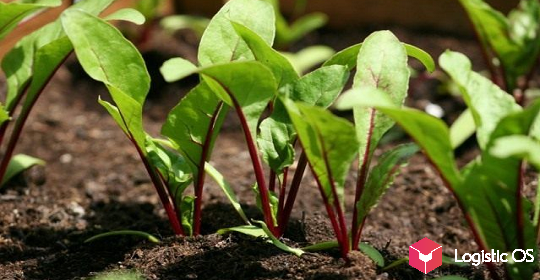According to estimates by the US Department of Agriculture, China will retain its leadership in the procurement of agricultural products until 2034.
The US Agricultural Agency has released a forecast according to which the main increase in food demand in the next 10 years will come from countries in Asia, Africa, the Middle East and Latin America.
In particular, by 2034 China should become the world’s largest importer of soybeans with a share of about 62%. This means that over the remaining years, China’s total soybean imports should increase by 25% to 222 million tons, an increase of 49 million tons.
As for corn, here too it is planned that China will maintain and increase its leadership. Most likely, by 2034, corn imports from China will be at least 26 million tons.
At the same time, domestic demand for corn from livestock farming should also increase in China, and it will certainly be higher than its domestic production.
To resolve this issue, China will also have to increase imports of other crops, in particular sorghum and barley. Their imports may increase to 8.5-9 million tons per year, experts say.
As for grain imports, there is a fairly high probability that its imports into China will gradually decrease.
This will be facilitated by the Chinese authorities’ own policy, aimed at reducing their country’s import dependence in the agricultural sector as much as possible.
In particular, this may lead to the fact that annual imports of feed grains into China will be reduced to 44 million tons by 2034, while in 2020 it was at the level of 50 million tons.
Wheat imports to China, according to calculations by the US Department of Agriculture, will also decrease from 11 million tons to 10 million tons by 2034.
These trends are also noted by Russian experts.
They are already preparing in advance for the fact that China’s exports of soybeans and other oilseeds will most likely increase, which provides great opportunities for increasing the production of soybeans and rapeseed in the Far East and Siberia.
As for the reduction in grain purchases from China, we need to prepare for this in advance, analysts warn.
“Taking into account the projected reduction in grain purchases by China, it is necessary to approach with caution the assessment of the potential of Russian exports in this direction through new logistics routes,” notes Denis Ternovsky, an employee of the Center for Agricultural Policy of the Institute of Economics and Public Administration of the Russian Presidential Academy of National Economy and Public Administration.
In general, however, it is planned that by 2030 the total volume of Russian agricultural exports to China will increase significantly and amount to $10 billion.

